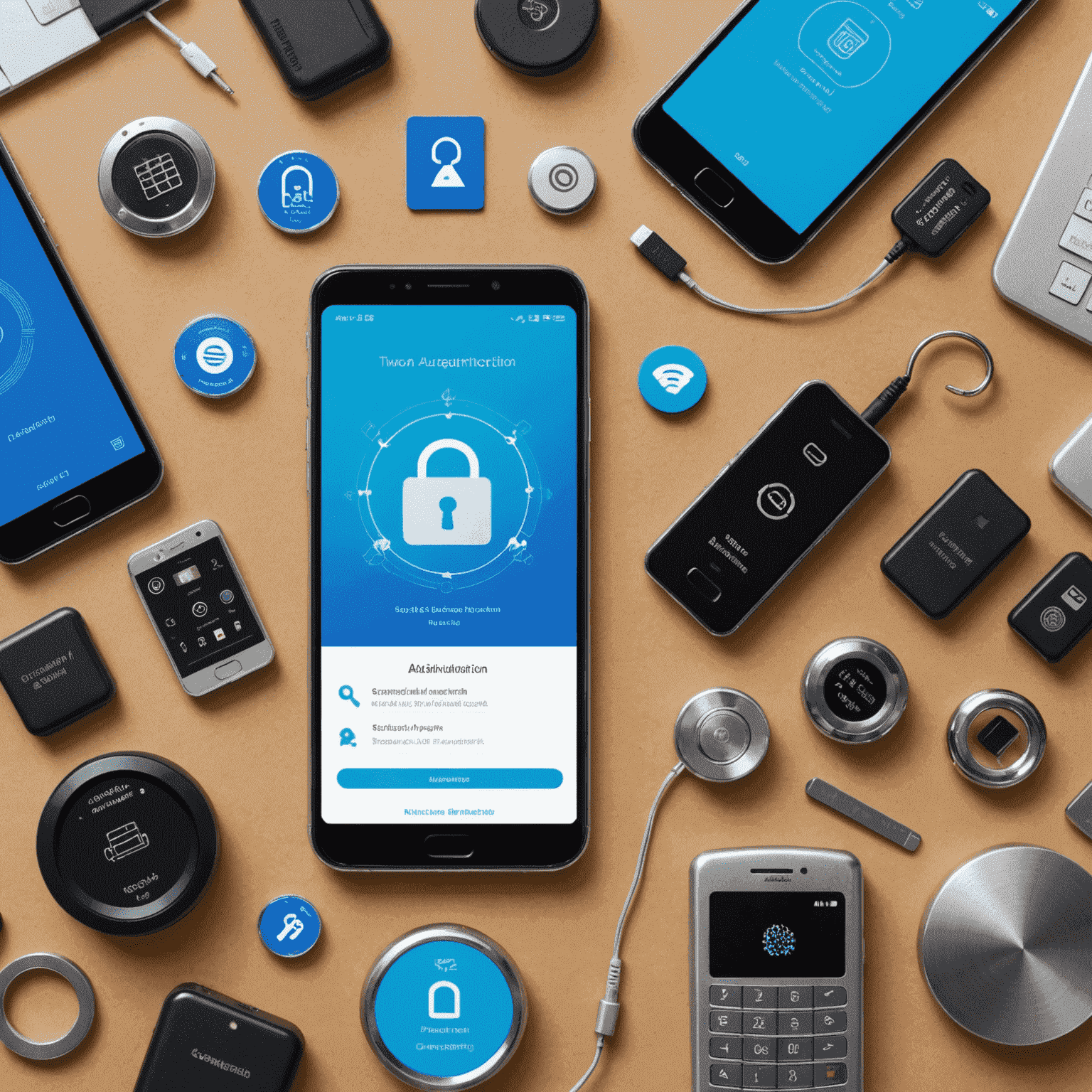Two-Factor Authentication Trends

The landscape of two-factor authentication (2FA) is rapidly evolving, with new methods and wider adoption changing the way we secure our digital lives. Let's explore the latest developments in 2FA and how various platforms are implementing these security measures.
The Rise of Biometric 2FA
One of the most significant trends in two-factor authentication is the increased use of biometric data. Fingerprint scanners, facial recognition, and even voice authentication are becoming more common, offering a blend of security and convenience.
- Apple's Face ID and Touch ID have set a standard for biometric 2FA in mobile devices.
- Windows Hello brings facial and fingerprint recognition to PC users.
- Many banking apps now offer fingerprint login as a second factor.
Push Notifications Gain Popularity
Push notification-based 2FA is seeing increased adoption due to its user-friendly nature. Instead of typing in a code, users simply approve a login attempt via a notification on their mobile device.
- Google's prompt system for Google accounts simplifies the 2FA process.
- Microsoft Authenticator app offers a similar one-tap approval method.
- Many password managers now include push notification 2FA for vault access.
Hardware Tokens: A Niche but Growing Market
While not as widespread as app-based methods, hardware tokens are gaining traction among security-conscious users and organizations.
- YubiKey offers USB and NFC-based hardware keys for various platforms.
- Google's Titan Security Key provides a hardware option for Google accounts.
- Some cryptocurrency wallets now support hardware 2FA for transaction signing.
Passwordless Authentication: The Future of 2FA?
As we move towards more secure and user-friendly authentication methods, passwordless login systems are emerging as a potential successor to traditional 2FA.
- WebAuthn standard allows for passwordless logins across web platforms.
- Microsoft is pushing for a passwordless future with Windows Hello and Microsoft accounts.
- Some password managers are experimenting with passwordless vault access.
Increased Adoption Across Platforms
More platforms than ever are implementing 2FA, recognizing its importance in protecting user accounts.
- Social media giants like Facebook, Twitter, and Instagram now offer multiple 2FA options.
- E-commerce platforms are increasingly requiring 2FA for high-value transactions.
- Cloud storage services are making 2FA mandatory or strongly encouraged for all users.
The Challenge of User Education
Despite the advancements in 2FA technology, user adoption remains a challenge. Many platforms are working on educating users about the importance of 2FA and making the setup process as simple as possible.
Conclusion
Two-factor authentication continues to evolve, offering more secure and user-friendly options. As cyber threats grow more sophisticated, the importance of 2FA in our digital lives cannot be overstated. By staying informed about these trends, users can make better decisions about securing their online accounts and personal data.